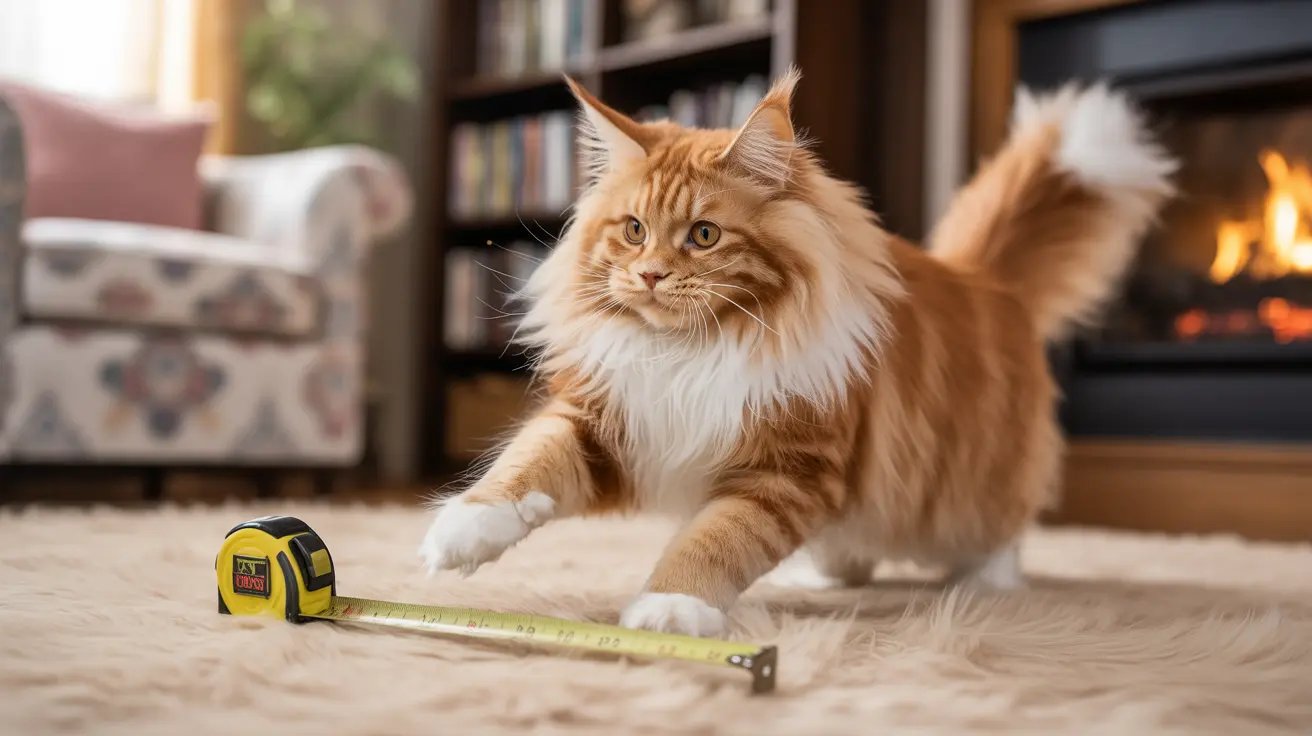Understanding the Basic Cat Growth Timeline
Most domestic cats experience their most rapid growth during the first year of life. Kittens typically double their birth weight within the first week, gaining approximately one ounce every three days during their early weeks.
Female cats generally complete their growth cycle earlier than males, usually reaching full size between 10-12 months. Male cats, on the other hand, may continue growing until they're 16-18 months old, especially if they've been neutered early in life.
Breed-Specific Growth Patterns
Different cat breeds follow distinct growth timelines. Large breeds like Maine Coons and Norwegian Forest Cats are known for their extended growth periods, often continuing to develop until they're 2-4 years old.
In contrast, smaller breeds such as the Singapura might reach their full size by 9-12 months. Mixed-breed cats typically fall somewhere in between, usually completing their growth by 18 months.
Key Factors Affecting Cat Growth
Nutrition and Diet
Proper nutrition plays a vital role in determining how long and how well cats grow. High-quality kitten food provides essential nutrients needed for optimal development, while poor nutrition can result in stunted growth or developmental issues.
Genetics and Breeding
A cat's genetic makeup significantly influences their growth timeline and ultimate size. Purebred cats often follow more predictable growth patterns, while mixed breeds may show more variation in their development.
Spaying and Neutering
The timing of spaying or neutering can affect growth patterns. Early alterations may delay the closure of growth plates, potentially resulting in slightly longer limbs and a longer growth period overall.
Signs Your Cat Has Reached Full Size
Several indicators can help you determine if your cat has stopped growing:
- Consistent weight measurements over several months
- Stable height and length measurements
- Closed growth plates (visible on veterinary X-rays)
- Behavioral maturity signs
- Decreased appetite compared to kittenhood
Health Considerations During Growth
Regular veterinary check-ups are essential during your cat's growth period. These visits help ensure proper development and allow for early detection of any growth-related issues. Your vet can also advise on appropriate dietary adjustments as your cat transitions from kitten to adult food.
Frequently Asked Questions
How long do cats typically grow before reaching their full adult size?
Most domestic cats reach their full adult size between 12 and 18 months of age, though this can vary significantly by breed and individual cat.
At what age do male and female cats usually stop growing?
Female cats typically stop growing around 10-12 months of age, while male cats may continue growing until 16-18 months.
Which cat breeds take the longest to finish growing, and how long can they grow?
Large breeds like Maine Coons and Norwegian Forest Cats take the longest to finish growing, often continuing development until 2-4 years of age.
How does a cat's nutrition and spay/neuter status affect their growth timeline?
Proper nutrition is crucial for healthy growth, while early spaying/neutering can extend the growth period by delaying growth plate closure.
What signs indicate that my cat has stopped growing and reached full maturity?
The main signs include consistent weight and size measurements over several months, closed growth plates, and behavioral maturity.
Understanding your cat's growth timeline helps ensure they receive appropriate care throughout their development. Remember that each cat is unique, and while these guidelines are typical, individual variations are normal. Always consult with your veterinarian for personalized advice about your cat's growth and development.






